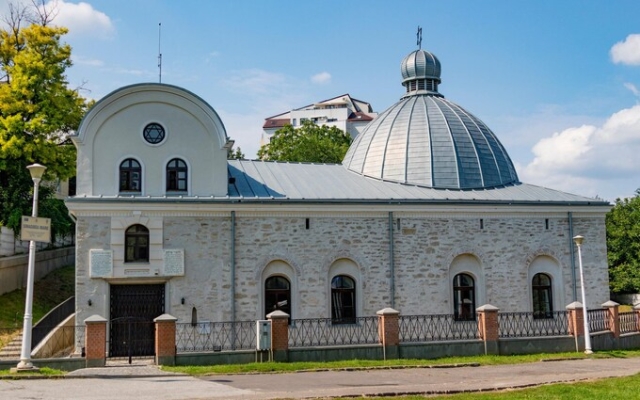 The Great Synagogue in Iasi was renovated with financial assistance from the Romanian government. Photo: Moshe Einhorn/Alami
The Great Synagogue in Iasi was renovated with financial assistance from the Romanian government. Photo: Moshe Einhorn/Alami
For decades, the police station in Iasi has become a grim reminder of one of the darkest chapters in Romanian history.
In the courtyard of the city in June 1941, about 13,500 Jews — more than a tenth part of the city's population — a crowd of policemen, soldiers and local residents were rounded up and killed, and thousands of others were sent to die in the so-called death trains.
More than 80 years later, Romania is slowly coming to terms with its genocidal past, but few Romanians know it. much about the carnage that took place in this quiet university town.
The county council planned to repurpose the police station into offices and turn its notorious yard into a parking lot.
But an unlikely campaign by twin brothers forced the council to rethink his plan, saving the memorial from the bulldozer. and led to the creation of a new museum dedicated to the history of the pogrom.
«Rivers of blood flow from the police station»
Alexandru and Andrei Muraru first learned about the horrors of the Iasi pogrom from their grandfather, who, as a 20-year-old student, witnessed the tragedy.
Talking with his grandchildren, he remembered walking along the main street of Iasi. after the massacre.
“He told us that he saw rivers of blood flowing from the police station,” Alexandru Muraru told the Telegraph newspaper. «A horrifying picture.»
Mr Muraru, the Iasi MP and historian, said he and Andrei, who is his country's ambassador to Washington, were among the few who knew about the harrowing story of 1941 of the year. massacre.
Romanians growing up under communist rule were never told about the Iasi pogrom; survivors have spoken little about it, and Romania's Jewish community, which in 1941 made up half the country's population and had 127 synagogues, today numbers only 300.
Eager to learn more about what happened in Iasi, G Mr. Muraru won a scholarship to visit the United States Holocaust Museum in Washington.
“It was very shocking because it was easier to do research in Washington than in Romania because all the Romanian archives were there,” he said.
It was while studying in Washington that he met Radu Ioannida. , Romania's ambassador to Israel, to whom he credits the idea of »creating a special memorial space in the police station building.»
The horror of learning about the pogrom only made him more determined. to ensure that the massacre and Romania's participation in it were not forgotten.
Bombed in response
According to Mr. Muraru, the Jews in Iasi were immediately blamed when the Soviet Union bombed the city in retaliation for the invasion of Moldova organized by Ion Antonescu, the fascist leader of Romania during the war and an ally of Hitler.
The city's Jews, According to him, they became a convenient scapegoat and were even falsely accused of setting fire to city buildings to show Soviet pilots where best to drop bombs.
The museum displays horrifying images of corpses lying in the streets of Iaşi as local residents pass by, seemingly unfazed. In another photo, Jews are clearing cobblestones of blood and brains.
“The brutality of the killings surprised even the Germans,” he said.
Those who were not shot in the yard were taken to the nearest train station and are forced to lie face down in front of the station. When the passengers on the arriving train from Bucharest arrived, Romanian police forces forced them to leave the station, stepping on the terrified Jews.
The Jews, mostly men, were then loaded into boarded-up cattle cars. One survivor later recalled how the dead were piled into carriages and the living were used as benches.
Individual headstones
Today, on one side of the Iasi Jewish Cemetery, hundreds of neat individual headstones mark the resting places of those who survived. who fought for Romania in the First World War.
However, on the opposite side there are dozens of long slabs of dark concrete topped with a Star of David. Each one represents a mass grave of Jews murdered in 1941, containing thousands of Jewish dead.
Even more mass graves line the railway lines leading from Iasi, marking the places where bodies from the death trains were dumped.
An estimated 380,000 Jews were killed in Romania during the Holocaust, something the country has never experienced before. role in these atrocities.
But the situation appears to be changing.
This year, for the first time, Romanian schoolchildren will receive a mandatory addition to the curriculum and learn about Jewish history and the Holocaust, and, most importantly, Romania's role in the murder of its Jewish citizens.
The new curriculum is designed to help students “ better understand the origins and culture of Jews… and the memory of the Holocaust in the 21st century,” said Ligia Deca, Romania’s Minister of Education.
In Iasi, the magnificent Great Synagogue, built in 1671, was recently renovated with financial help from the Romanian government, making it one of only two active synagogues in the city.
Although many of those who survived emigrated to Israel. since the war, and although Romania's Jewish population remains small compared to its pre-war size, hundreds of Israelis have received Romanian passports and opened businesses in the country in recent years.
Mr Muraru hopes for new school curriculum and attendance Pogrom museums will contribute to the growth of the Jewish community.
“A country without minorities is a country without a future,” he said. “We in Romania definitely feel the absence of our Jewish minority.”




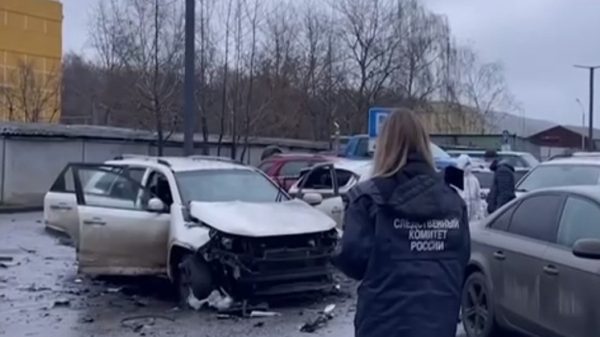


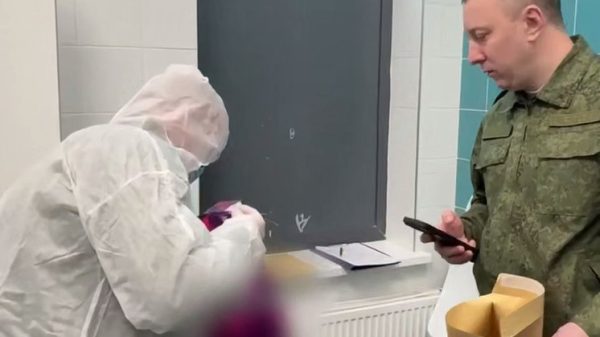
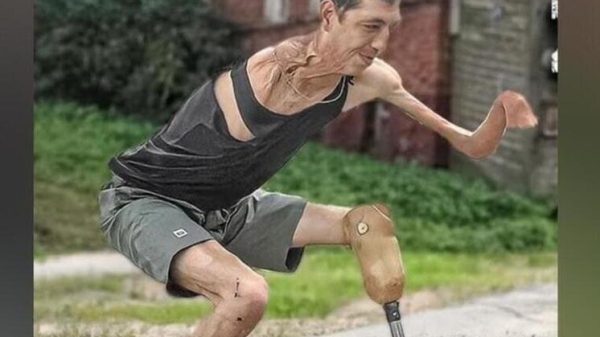

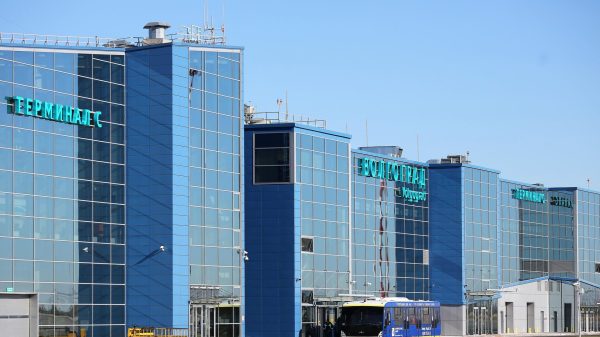
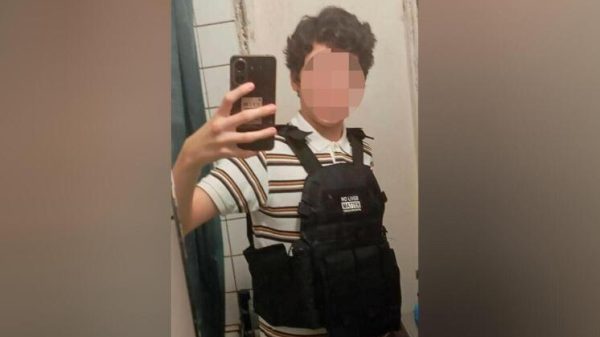



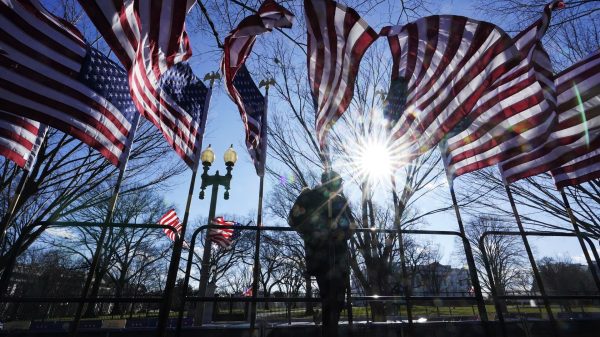


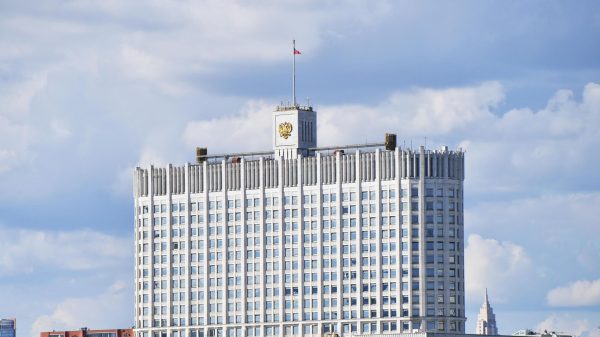
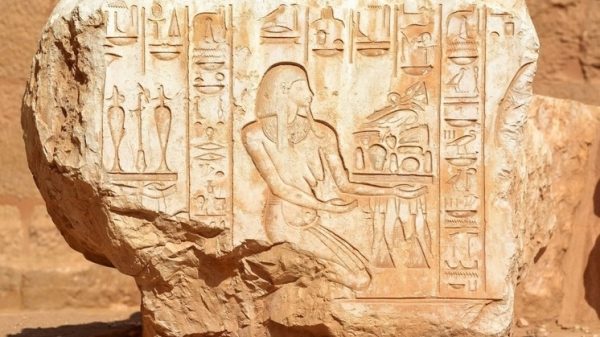

















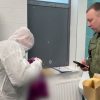


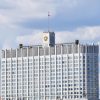













Свежие комментарии